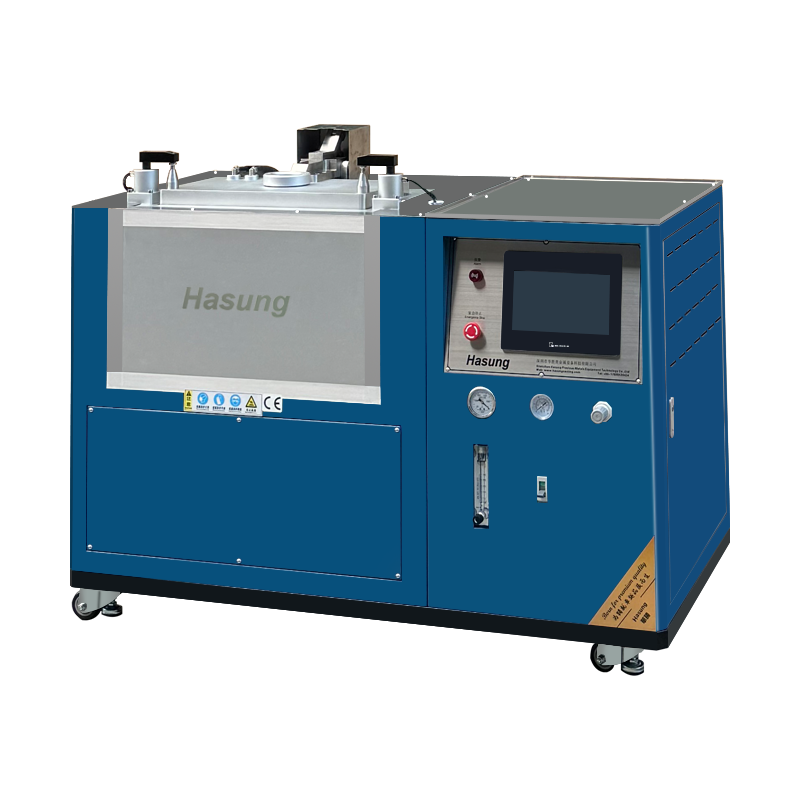As international gold prices continue to break record highs, followed closely by silver prices, global investors are fixated on the glittering precious metals. However, behind this capital feast, a seemingly obscure piece of industrial equipment—the vacuum ingot casting machine—is emerging from behind the scenes, becoming a key player in determining market supply, even reaching a point where it’s incredibly hard to find.
1. What is a vacuum ingot casting machine? It casts more than just metal; it casts trust.
Simply put, a vacuum ingot casting machine is a high-end piece of equipment that pours molten metal into ingots (or “ingots”) of a specific shape and weight under a high vacuum or inert gas atmosphere.
You might ask: Ingot casting sounds simple, so why does it require such fuss and complexity, performed in a vacuum?
This gets to the heart of the matter. For precious metals like gold and silver, as well as high-purity specialty alloys, traditional open-pit casting poses two major drawbacks:
1. Oxidation and impurities: Air reacts with the molten metal, forming slag and introducing impurities, reducing the purity of the ingot and causing internal defects such as porosity and slag inclusions.
2. Compositional inhomogeneity: Certain alloying elements are easily lost in air, resulting in ingots with compositions that don’t match the design and substandard performance.
The vacuum ingot casting machine is the ultimate nemesis for these problems. By creating a near-perfect “pure air,” it ensures:
Extreme purity: Oxidation is eliminated, resulting in dense, uniform, and defect-free ingots.
Precise color: The chemical composition of each ingot is guaranteed to meet strict standards.
Perfect appearance: The ingot’s mirror-smooth surface and clear markings are truly works of art.
Thus, the products produced by the vacuum ingot casting machine are more than just gold and silver ingots; they engender market confidence, circulating hard currency, and globally recognized financial certificates. They are the “seal of quality” of the precious metals world.
2. “Capacity race” under the soaring gold price: Why is it so hard to get a machine?
When the gold and silver prices continue to rise, the market will trigger a series of chain reactions:
1. Investment demand surges: Institutional and individual investors have bought physical gold and silver, and gold and silver bars are in short supply. Ingot casting plants are overwhelmed with orders and must expand production capacity.
2. National reserve demand: Many central banks continue to increase their gold reserves. These gold reserves also need to be cast into gold ingots that meet international standards.
The final outlet of all these demands points to the same link – ingot casting. The core equipment that can produce high-standard, deliverable ingots is the vacuum ingot casting machine.
So, the situation of “it is hard to get a machine” naturally emerged:
(1) High-end manufacturing, limited production capacity: Vacuum ingot casting machines are technology-intensive products, involving many cutting-edge technologies such as vacuum acquisition, precision temperature control, and automatic control. There are only a handful of manufacturers in the world that can produce high-performance equipment, and capacity expansion takes time.
(2) Long delivery cycle: From placing an order to equipment delivery, installation and commissioning, a cycle may take several months or even more than a year. Faced with sudden market demand, the supply cannot respond quickly.
(3) “Moat” effect: For refineries, the more and more advanced vacuum ingot casting machines they have, the stronger their order-taking capabilities and higher market reputation. This is not only a reflection of production equipment, but also a reflection of their core competitiveness. Therefore, leading companies will spare no expense and time to rush to buy and stockpile production capacity.
It can be said that the order volume of vacuum ingot casting machines has become the most real and cutting-edge barometer of the heat of the precious metals market.
Conclusion: Calm “Ingot Casters” and the Frenetic Market
While global capital cheers or worries about every beat of the gold price, vacuum ingot casting machines are operating calmly and steadily in the factory. They are silent, but with their unique “scarcity”, they firmly control the throat of physical supply. It reminds us that beneath the complexities of financial markets, there are hard-core industrial forces quietly underpinning the world. The next time you see a gleaming gold bar, perhaps consider that its journey to creation was far more technologically advanced and rigorous than we might imagine, and that the “printing machine” that created it has itself become a unique footnote to this era.
Post time: Oct-16-2025














